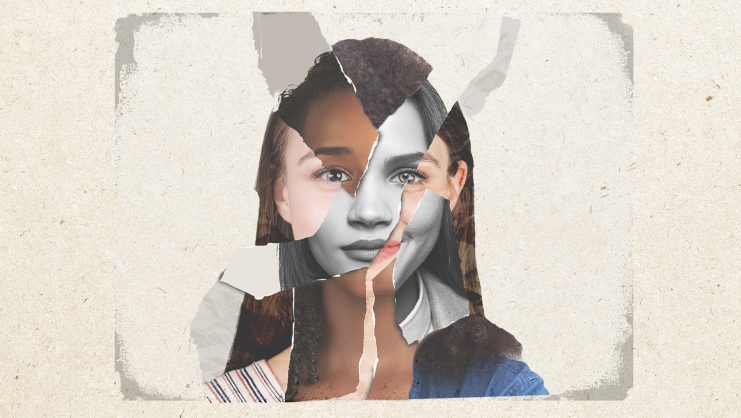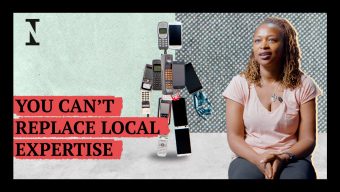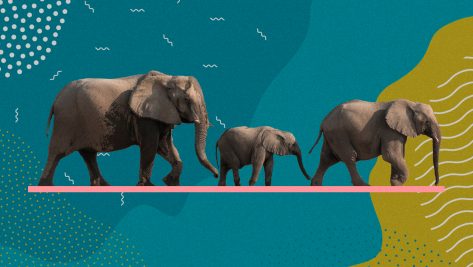The Magic of Inclusive Communities
Having engaged, diverse members of a community creates value and maximizes its impact, explains Zayne Imam.
© IE Insights.
Transcription
When it comes to community building, there are two things that I want you to remember. Number one, those who give the most to their community, they’re the ones that get the most. They report the highest amount of value that they get out of their community. Because they’re being so visible within the community by doing service to one another, they get considered a lot when opportunities come the way of some of their community members. Let’s say you’re an expert on blockchain. When your community members have a relevant opportunity that matches up with that skill, or matches up with that expert knowledge, they tend to refer you or they think of you. Those individuals who are doing a lot of service, there’s a lot of clustering of opportunities around them. One of the things that’s very clear about community building is that it’s that marginal additional value that you gain from being a part of the community. That’s the reason people want to be in the community in the first place. And so when we look at really well functioning communities, it’s that one key thing that they’re trying to maximize. They’ve taught their community members to fundamentally be of service to one another. Let’s use a professional community, for example. And so very often what happens is that people who have a job opportunity come their way. The most typical response is when that job opportunity is not a match for them, is to say instead: “Thank you so much for considering me, I’m not a match for this, but here I’ve got three other community members of mine who I think might be an even better match than me.” And that’s where the magic happens. And we create new marginal value from being a part of the community for other members. And number two, the more diverse and inclusive our community is, the more people we can positively impact. So the more inclusive we’re being, it means that there are more people that are forming a part of our community. And the more genuinely we’re considering those individuals’ voices at the table, especially if they’re voices that maybe come with a different opinion or with a different life experience to one that we know and we’re familiar with. This leads to new challenges. This leads to new ideas. And most fundamentally, this actually leads to us revising some of our old solutions. So I was one of the leaders of the LGBT group in our business school. And of course, we’re always full of LGBT people. And at some point, it did occur to us that we didn’t have enough allies around the table, we weren’t hearing their perspective. And so slowly, we integrated more and more allies, and the unintended consequence of including these straight voices as part of the conversation was that we never knew that it also allowed us to include people as part of our community who weren’t ready to come out of the closet. They found that they had a community, regardless of the choices that they made. Better solutions that include more people, that have a positive impact on more lives. And that’s really what we want to do. Solutions like this that don’t make the headlines but change a couple of people’s lives in a way that they’ve never been able to change lives before. That’s the real core for me of diversity and inclusion. Communities are important because they form the basis of us being able to put together these solutions. We wouldn’t be able to achieve this level of inclusion, this level of diversity at all unless we had a community in the first place. We can do things together in a group that we can’t achieve alone.










